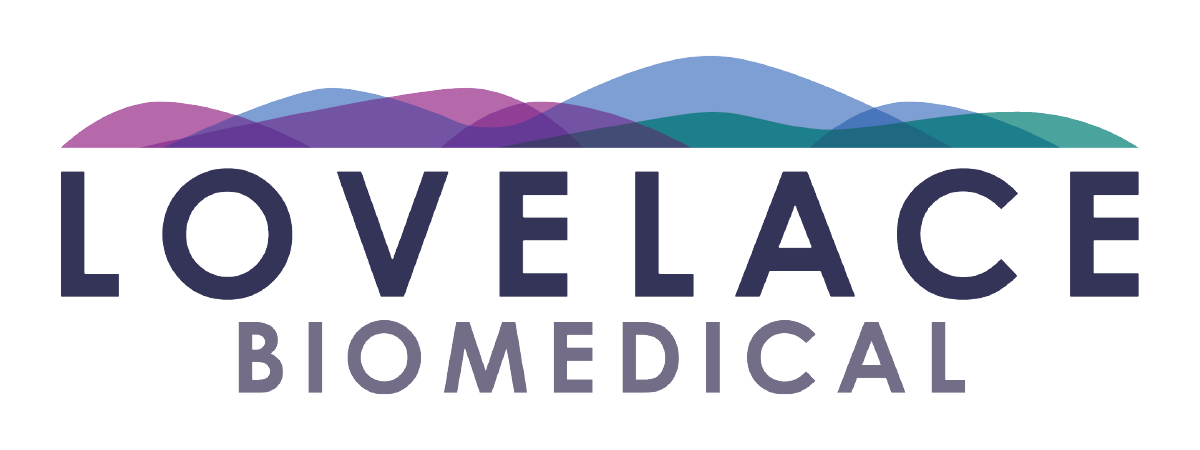Mimicking the decade-long trend of consolidation in the pharmaceutical industry, the past two years have seen a series of major mergers and acquisitions among preclinical CROs. LabCorp procured Covance; Harlan and Huntingdon Life Sciences merged to form Envigo; and this year WIL Research was acquired by Charles River. This recent era of consolidation has been overlaid on trends that have defined the past decade for CROs: off-shoring, large preferred provider agreements, and an increase in scientific complexity as BioPharma tackled more diverse drug classes and diseases. While ten years ago, I was convinced that all work would ultimately move oversees, the continued success of domestic CROs has proven their stronghold and value in the market despite increasing cost pressures. All of these changes have led me to thoughtfully reflect on what it means to be a mid-size specialty CRO?
The consolidation of CROs has been ultimately strategic and aligned with the evolving global marketplace. The strategic initiatives by these companies have – from the outside looking in – seemed smart and well-planned. The launch of the Envigo brand was paired with an effective marketing campaign. Charles River’s acquisition of WIL increased their capacity and global footprint. However, the challenges that these ‘super companies’ will face are related to continuity of service among sites, disruption of services during integration, brand identity versus individual identity, and maintaining the ability to provide personalized, nimble service amidst the bureaucracy needed to manage larger organizations.
Which brings me to the mid-size CRO niche. While undoubtedly strategic, these mergers and acquisitions have clearly left gaps in the market in this space. Services have been disrupted while these super-companies shift to managing a larger internal capacity. Smaller clients feel undervalued in comparison to large service contracts. Employee turnover and relocation has occurred at the expense of personal relationships and ongoing projects. What does this all mean? Clients are losing the personalized attention that – in my experience – they value. The sponsors’ ability to work seamlessly within an organization, to walk through the doors and get a feel for the corporate culture, to personally connect to study directors and technicians are all becoming outdated values in today’s super-companies focused on integrating their most recent acquisition.
These market trends are the backdrop on which we, at Lovelace, faced a critical turning point. As a CRO with a 70 year legacy of unparalleled scientific innovation, unique niche expertise and virtually unlimited single-site capacity – but admittedly modest reach into the commercial market – was this the right time to shift our focus? Ultimately, with the continued expansion of pharmaceutical outsourcing and the gaps remaining after consolidation in the industry, the answer was a resounding YES! With that decision, we got to work… we invested over $3M in further expansion of capacity to ensure our ability to offer agile and quick study starts in any species. We embarked on a series of continuous process improvements to ensure that we had streamlined operations to manage projects efficiently and effectively. The culmination of these efforts is the launch of Lovelace Biomedical – our commercially-focused organization that is poised to meet the needs of pharmaceutical and biotechnology clients. We have been performing drug development services for the last 15 years for commercial companies in a variety of disease areas, and are positioned to tap into our expertise in toxicology, pharmacology and DMPK / ADME, as well as specialty expertise in respiratory disease, gene therapy and infectious disease (to name a few) as we expand further into the commercial sector.
This now brings us back to the original question – what is the role for the mid-size CRO in today’s market? Well, the answer is that the mid-size CRO is just what Goldilocks was looking for – its small enough to still provide service like a ‘mom and pop’ organization but large enough to have the right capacity and technology to meet market needs. In making this transition, customer service, reducing cost, and accelerating timelines are our top priorities. It has been my personal mission to create a CRO known for service. I tell my team every chance I get to treat every customer as if you were an employee of their company, and to build relationships that will inspire trust and confidence in the projects that we are undertaking together. Truly, this is how our company has operated over the past 70 years – but now the time is ripe to bring this paradigm to a broader audience.
The next 5-10 years should continue to be interesting. Assuming the market holds steady, we expect the trends of growing outsourcing budgets and a globalization to only increase in the CRO space. We predict that, while there will always be a place for the super-companies, the mid-size CROs – who can offer more agile and collaborative services – will too have a place. Technology transitions – including biosimilars, immunotherapy, gene therapy and other specialized drug classes – will continue to pose interesting challenges and require approaches outside of the traditional cookie cutter model. Lovelace Biomedical is positioned and ready to take on the future and form true collaborations to advance drug candidates – no matter how complex – into clinical development and beyond.
Jake McDonald, Ph.D., is Vice President of Applied Sciences at Lovelace Biomedical, with more than 13 years of experience in drug development and toxicology/pharmacology. He has over 100 publications and 130 published abstracts, and he has given over 50 presentations at technical meetings. He has served on several National Academy of Science panels as well as serving on numerous advisory and editorial boards for private industry, government and academia. His depth of experience includes pharmaceutics, drug development, risk assessment, environmental/occupational hazard assessment, medical countermeasure development and chemical-induced toxicity. Dr. McDonald received a B.S. in biology/environmental chemistry from the University of La Verne in 1996 and a Ph.D. in aerosol chemistry and toxicology from the University of Nevada in 2000.

